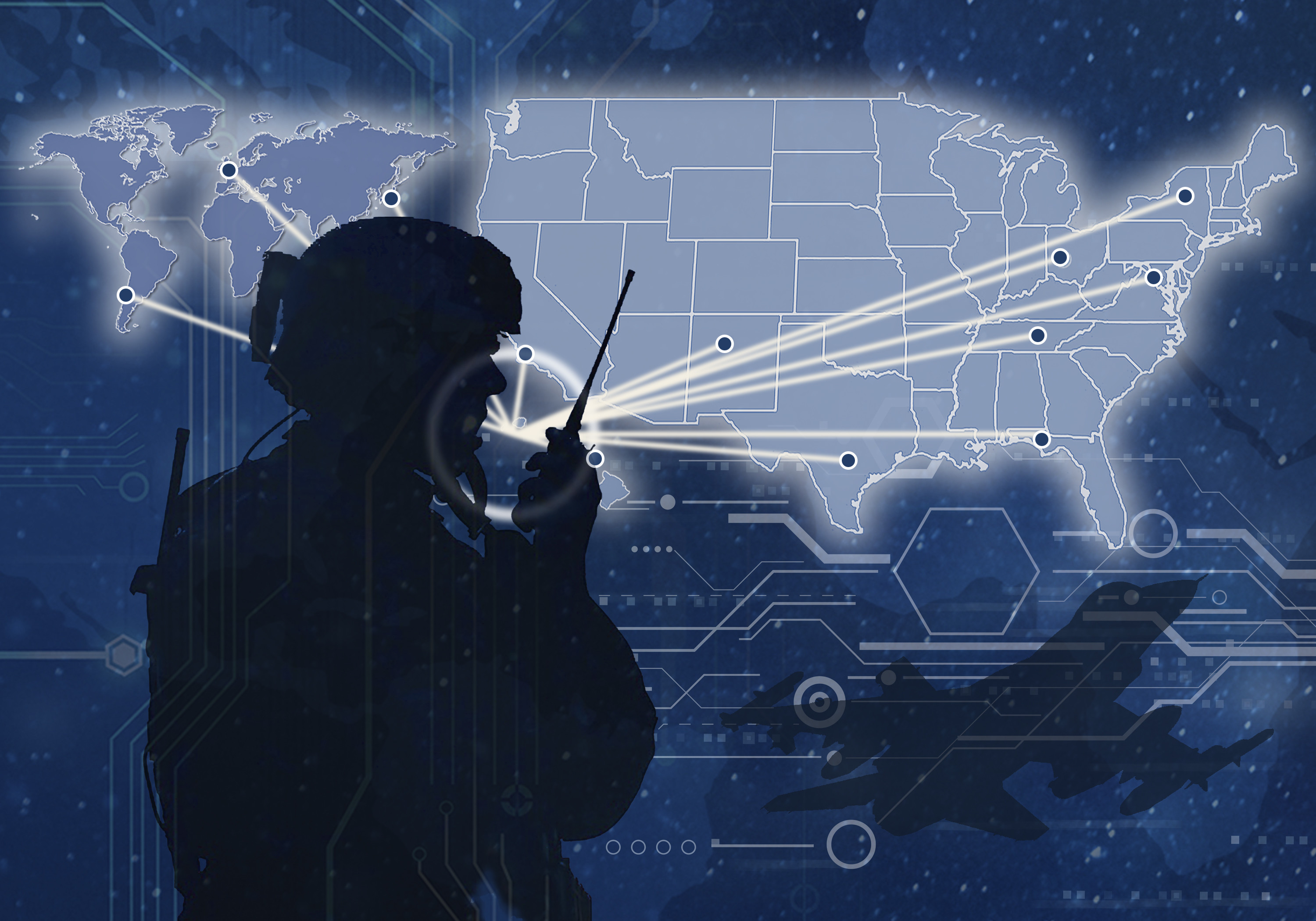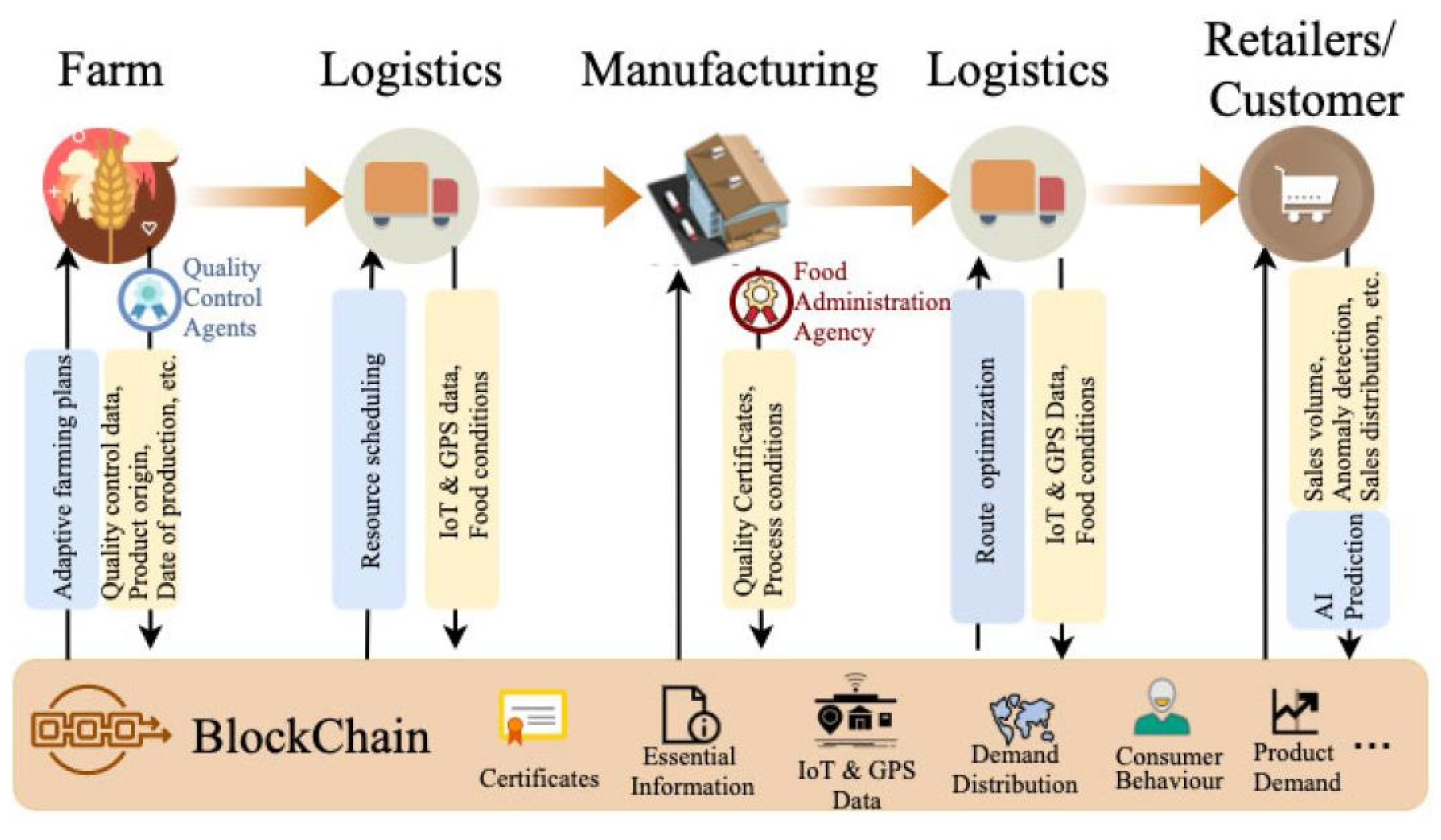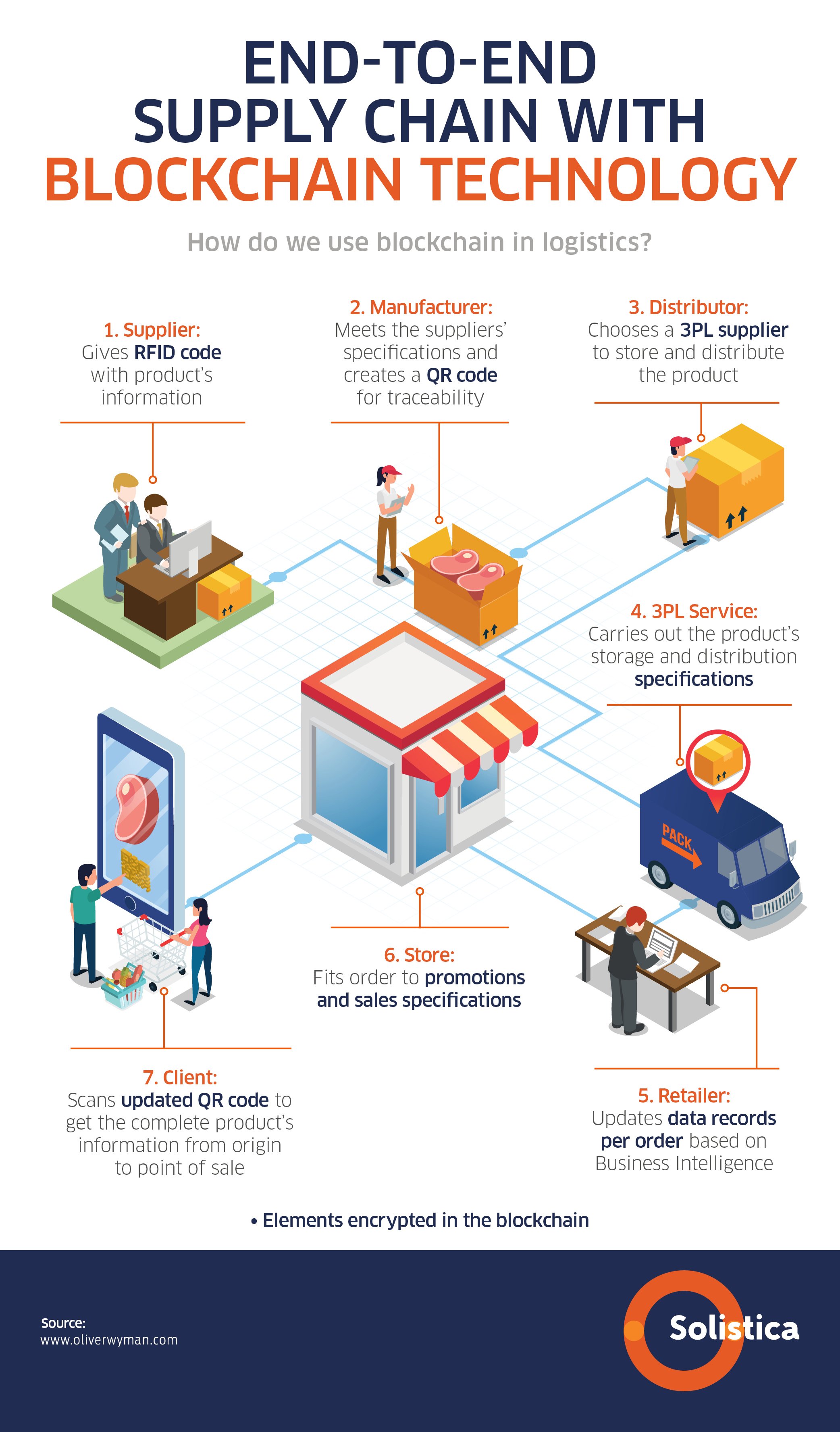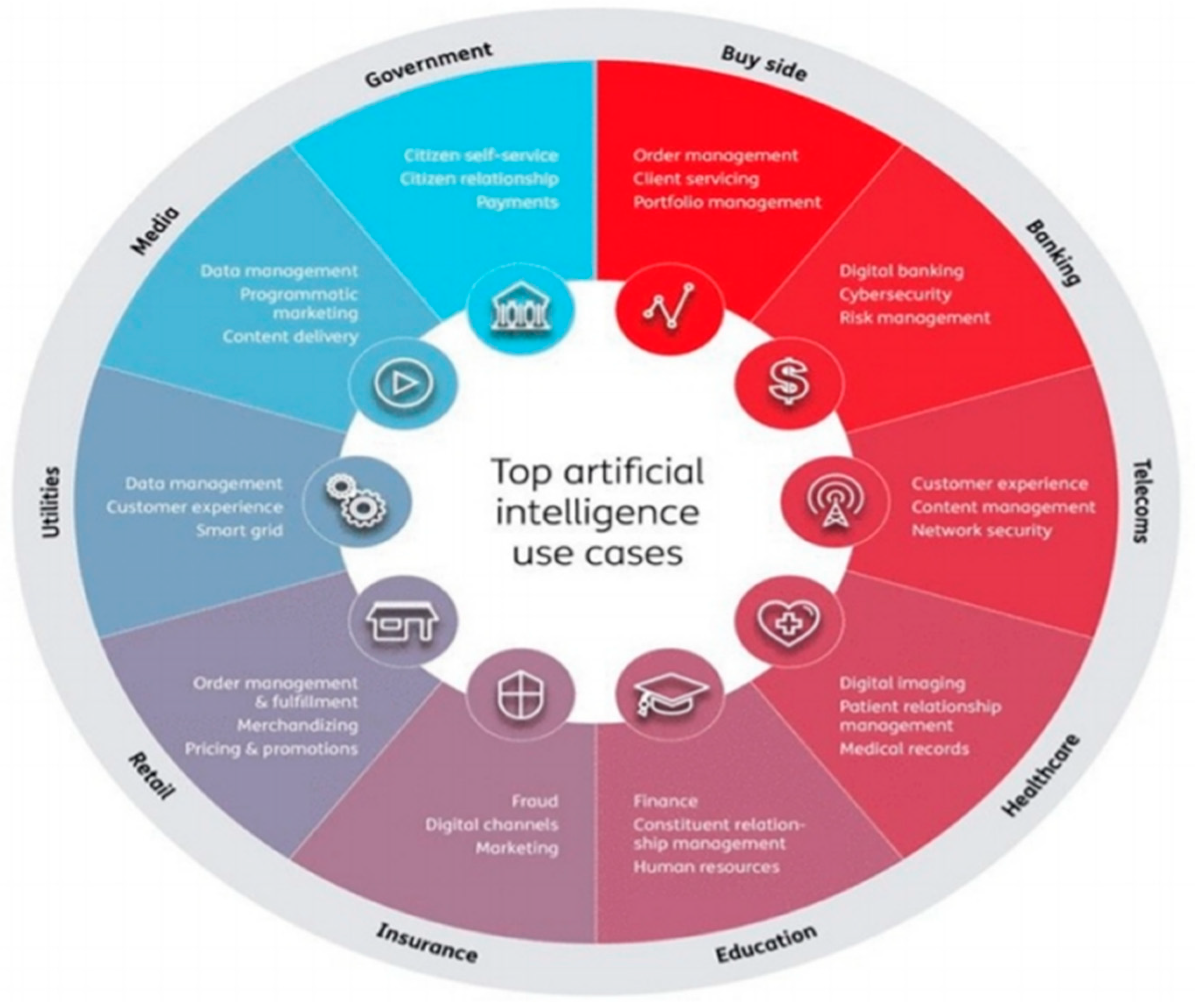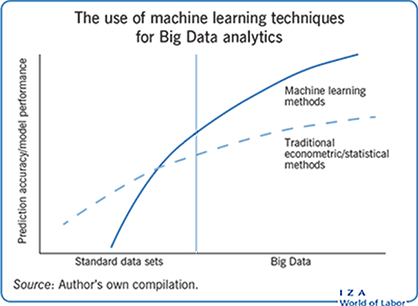As technology continues to advance at an unprecedented pace, the United States Air Force (USAF) must embrace digital transformation to remain at the forefront of military innovation. In this article, we will explore the significance of digital transformation in the USAF, its potential benefits, and the strategies required to effectively implement this transformative process. By harnessing the power of emerging technologies, the USAF can enhance operational capabilities, improve decision-making, and ensure mission success in an increasingly complex and interconnected world.

1. The Imperative for Digital Transformation in the USAF:
The USAF operates in a rapidly evolving global landscape, facing new challenges that demand innovative solutions. This section highlights the need for digital transformation in the USAF to enhance agility, efficiency, and effectiveness in fulfilling its critical missions. It emphasizes the importance of leveraging emerging technologies such as artificial intelligence (AI), big data analytics, cloud computing, and cybersecurity to maintain a competitive edge.
2. Enhancing Operational Capabilities:
Digital transformation offers unprecedented opportunities to enhance operational capabilities across various domains in the USAF. This section explores the potential of AI-powered autonomous systems, unmanned aerial vehicles (UAVs), and advanced sensor technologies to revolutionize intelligence, surveillance, and reconnaissance (ISR) operations. Additionally, it discusses the role of data analytics in improving maintenance processes, resource allocation, and strategic decision-making.

3. Strengthening Cybersecurity and Resilience:
As the digital landscape expands, cybersecurity becomes a paramount concern for the USAF. This section focuses on the importance of robust cybersecurity measures to protect sensitive military systems, networks, and data. It highlights the role of advanced encryption, threat intelligence, and proactive defense strategies in mitigating cyber threats and ensuring the resilience of USAF operations in an increasingly interconnected environment.
4. Accelerating Collaboration and Information Sharing:
Digital transformation enables enhanced collaboration and information sharing among USAF personnel, allied forces, and other government agencies. This section explores the potential of cloud computing and secure communication platforms in facilitating real-time collaboration, data sharing, and joint mission planning. It also discusses the benefits of leveraging advanced communication technologies to bridge geographic gaps and enable seamless coordination.
5. Embracing Agile Acquisition and Innovation:
Digital transformation necessitates a shift in acquisition strategies and culture within the USAF. This section examines the importance of agile acquisition methodologies and partnerships with the private sector to accelerate the adoption of emerging technologies. It emphasizes the need for a culture of innovation, fostering collaboration with technology startups and leveraging rapid prototyping to develop cutting-edge solutions.
Digital transformation is not just an option; it is a necessity for the USAF to maintain its technological superiority and effectively meet evolving mission requirements. By embracing digital transformation, the USAF can harness the power of emerging technologies, enhance operational capabilities, strengthen cybersecurity, foster collaboration, and drive innovation. As the USAF continues to adapt and evolve in a rapidly changing world, leveraging digital technologies will be crucial to ensuring air dominance and accomplishing its vital national security objectives.

